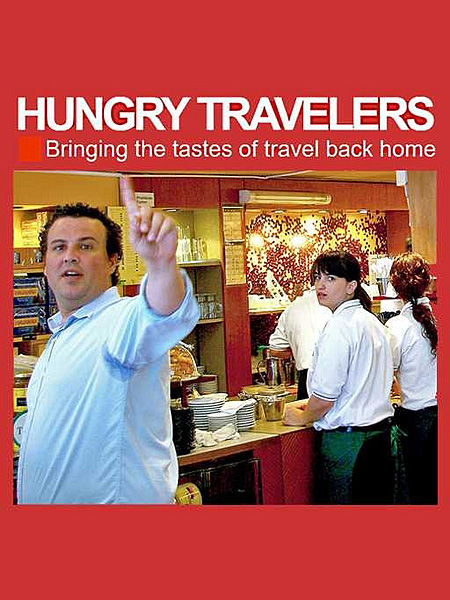What to buy in an Italian grocery store
Since so many of the regional Italian cuisines are based on food that is fresh, fresh, fresh, we're limited in what we can bring back home. But there are some dry goods and conserves that turn out to be very useful in cooking Italian dishes. We've learned not to bother with colored pastas, which cook up to a gray mess anyway, because we can buy good imported dry pasta for about the same price we'd pay for it in Italy. Here's our Italian grocery list: Anchovies. Many Americans think they don't like anchovies because they have never tasted good ones used with the restraint characteristic of Italian recipes. We look for anchovies packed in glass jars so we can make sure they are firm and...Read More
